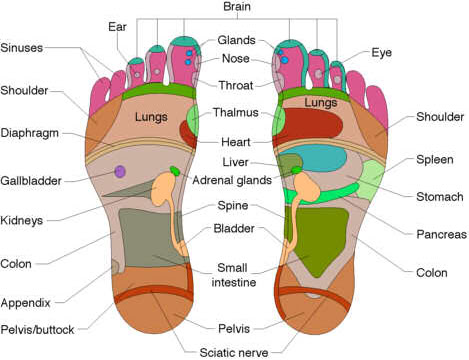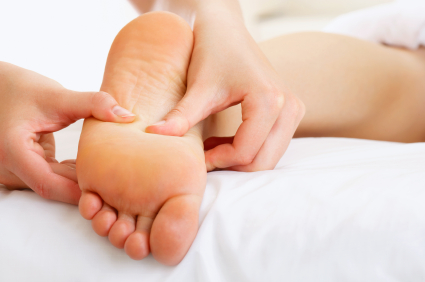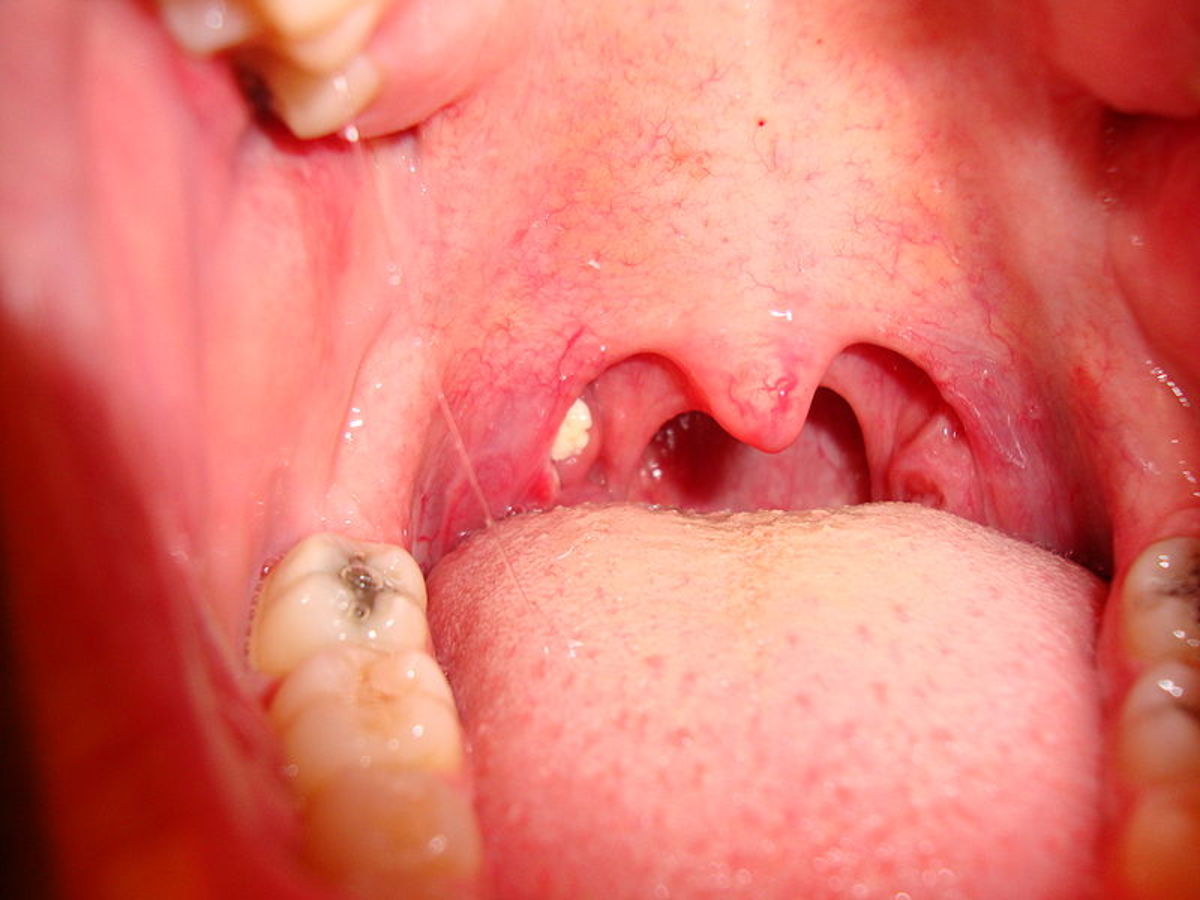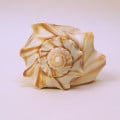WHAT IS REFLEXOLOGY?
Reflexology Basics



WHAT IS REFLEXOLOGY?
Reflexology is the physical application of pressure to the feet or hand through specific thumb, finger and hand techniques, based on the system of zones and reflex areas that correspond to every organ of the body. Oil or lotion is not traditionally used during reflexology treatment sessions.
HOW DOES REFLEXOLOGY WORK?
Reflexology is believed to work within the nervous system, using the same pressure sensors in the feet and hands that are also a part of the body's reflexive response to the "fight or flight" reaction to danger. When the brain is alerted that danger is present, the feet become ready to flee and the hands become prepared to fight, communicating with the body's internal organs that an emergency has arrived. The well known adrenal surge that enables people to do tasks that would be otherwise impossible, is brought about by this sudden reaction to fear and stress. Reflexology taps into this reflex network, creating an exercise of pressure sensors, that also effects the internal organs to which they correspond.
WHAT IS A REFEXOLOGY CHART OR MAP?
According to Reflexologists, Barbara and Kevin Kunz, a reflexology chart or map reflects every part of the body in the feet and hands, and serves as a map to target technique application to particular health goals. On the chart shown above, the left foot or hand reflects the left side of the body, while the right foot or hand reflects the right side. The reflex area of the spine runs down the insides of the foot and hand with the reflex areas of the arm and shoulder reflected towards the outside of the feet or hands. Kunz and Kunz hold that the toes and fingers mirror the head and neck as well as those body parts they encase. They also state that the ball of the foot mirrors the chest and upper back as well as the heart and lungs.
The waistline of the body is represented at the base of the long bones of the foot, about halfway down the foot, and the body parts above the waistline correspond to the area above this line. Those body parts below the waistline are mirrored below it. Likewise, internal organs lying above the waistline are represented by reflex areas above this line, while those below the waist correspond to reflex areas below it. While reflexology is typically performed using the feet, the hands also have reflex areas that represent every part of the body.
BENEFITS OF REFLEXOLOGY
Reflexology is best known for its ability to relieve stress, and it is believed that this ability also leads to the reduction of many other problematic symptoms. While a reflexology session does create pleasant physical sensations, it is not merely a foot massage. The feet and hands set the tension level for other parts of the body, and also interrupt stress signals, resetting homeostasisis, or the body's balancing system.
Reflexology is believed to bring about the following benefits:
- Relaxation
- Pain reduction
- Rejuvenation of tired feet
- Amelioration of symptoms for health concerns
- Improved blood flow
- Positive effect of blood pressure and cholesterol levels as measured through ECG, EEG, and FMRI.
- Aids in recovery after surgery, and assists in pain reduction.
- Enhances the medical care related to phantom limb pain, hemodialysis treatments, and cancer.
- Adjunct treatment to mental health related problems, including depression, anxiety, PTSD, and drug addiction.
- Assists with the pain, nausea, vomiting, and anxiety related to the care of cancer patients.
- Reflexology can assist with the birth process through assisting with delivery, and post-partum recovery.
TO RECEIVE BEST RESULTS FROM REFLEXOLOGY
To obtain the full benefits from reflexology, it must be consistent, and many recommend daily applications morning, noon and at night. Obviously, most of us are unable to have a reflexologist perform the techniques that often, so it is recommended that you visit your reflexologist as often as possible, and also receive instructions from him or her, on how to apply some of the techniques yourself, or have family members perform them for you. According to the experts, reflexology techniques can often be applied while you are engaged in other activities, at your desk, or waiting in line at the grocery store. The important aspect of reflexology is that you be consistent with your appointments, as well as with your own application of the techniques.








